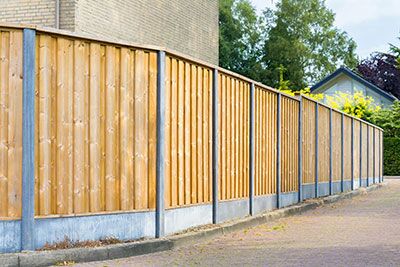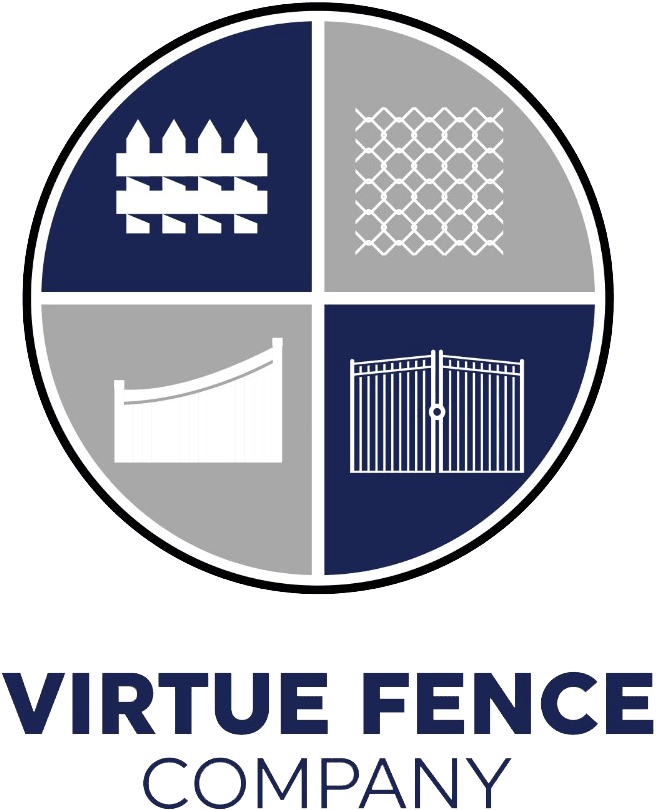How Tall Should A Privacy Fence Be? What You Need To Know

A well-planned fence does more than mark property lines. It creates separation, blocks unwanted views, and builds a private retreat at home. Many homeowners wonder how tall a privacy fence should be when considering an installation.
The answer depends on location, regulations, and intended use. Fence height choices affect everything from safety to neighborhood rules, making it important to understand your options before moving forward with construction.
Why Fence Height Matters
The height of a privacy fence shapes its function. A taller fence blocks more visibility, which can transform a backyard into a private retreat. At the same time, local ordinances often restrict how high you can build, especially near the front of a property.
Taller fences also carry higher costs, since more material and labor are required. By striking the right balance, you gain privacy without unwanted expenses or compliance problems.
Common Privacy Fence Heights
Most residential privacy fences measure between six and eight feet tall. These dimensions are high enough to stop sightlines from neighbors and passersby. A six-foot fence is often standard in suburban areas, while an eight-foot fence can be chosen for added seclusion.
Anything taller may require permits or special approval, especially if it faces the street. Homeowners usually select height based on how much visibility they want to block and what rules apply in their town.
Local Ordinances and HOA Rules
Before choosing a fence height, check municipal codes and homeowners’ association guidelines. Town ordinances often limit front yard fences to three or four feet, while back and side yards may allow taller designs.
HOAs sometimes set specific rules to maintain neighborhood aesthetics. Ignoring these limits can lead to fines or orders to adjust the fence after construction. It saves time and money to understand these restrictions before building begins.
Balancing Privacy With Neighbor Relations
Privacy fences change how your property looks from both sides. While you want separation, your neighbors also view the structure daily. A very tall fence can feel imposing, even if it meets code.
Discussing your plans with nearby homeowners can prevent disputes and help maintain good relationships.
Many people opt for styles that look appealing from both sides, such as shadowbox or board-on-board designs, which soften the appearance without reducing height.
Height Choices for Different Areas of the Property
The right fence height often depends on where it will stand.
- Front yards: Front yard fences are often limited to three or four feet. This height frames your property line without overwhelming the street view. It also allows visibility for drivers and pedestrians, which is usually required by local codes. The result is structure and charm without sacrificing safety or openness.
- Side yards: Six-foot fences are the standard for side yards. This height strikes a balance between privacy and compliance with local guidelines. It keeps neighbors from seeing directly into your outdoor space while still looking proportional to the home. Many families prefer this choice when creating separation from adjacent properties.
- Backyards: Homeowners often prefer six to eight feet in the backyard. Taller fences here protect family spaces like patios, pools, and play areas. This height offers privacy during gatherings while reducing noise and distractions. It is especially helpful for families with pets or children who need a safe, enclosed area.
These distinctions help you decide the height based on function and compliance.
Fence Materials and Height Durability
Not all materials handle height the same way. A taller fence must resist wind, moisture, and everyday wear. Wood fences, for example, can handle six to eight feet if properly installed and maintained. For inspiration, review wood fence installation options that balance durability and appearance.
Vinyl or aluminum also holds up well, though structural reinforcement may be needed for taller builds. Considering material strength helps prevent sagging, leaning, or early repair.
Added Features That Affect Height
Some homeowners add lattice, trellis, or decorative tops above the main fence panels. These features extend height without appearing heavy or imposing. For example, a six-foot solid fence with a one-foot lattice top offers both seclusion and airflow.
Local rules may treat these additions as part of the total height, so it is important to check before finalizing designs. Decorative features also introduce light and style without reducing privacy.
Security Considerations
Fence height also influences security. A taller fence makes climbing more difficult, which deters trespassing. Homeowners with pools or valuable outdoor equipment often choose eight-foot fences for added protection.
In some cases, angled tops or pickets discourage scaling attempts. Balancing safety with style allows you to create a secure boundary that does not look like a barrier.
Costs Tied to Fence Height
Taller fences cost more due to extra material, labor, and structural reinforcement. Installation complexity rises with height, since posts must be set deeper and support more weight. When budgeting, expect noticeable price differences between a six-foot and an eight-foot build.
Adding decorative features or premium materials further raises costs. Planning with height in mind allows you to align your budget with privacy goals.
Ideas to Maximize Privacy Without Extra Height
Sometimes you do not need a taller fence to improve privacy. Planting shrubs, trees, or climbing vines along the fence line softens gaps and blocks sightlines. Staggered boards or overlapping panels reduce visibility even at standard heights.
These creative approaches add character and increase seclusion without breaking local codes or inflating costs. Reviewing privacy fence ideas can help spark inspiration for designs that balance height and style.
Visual Impact on Your Landscape
The size of a fence changes how a yard feels. A tall fence may create security, but can also make a smaller yard feel enclosed. Choosing lighter colors, open lattice tops, or mixed materials can reduce bulk.
Coordinating the fence with landscaping, such as adding greenery nearby, further softens its presence. Height plays a direct role in how inviting or restrictive your outdoor space appears.
Are You Ready To Choose The Right Fence Height?
Virtue Fence Company understands the importance of selecting the right fence height for privacy, safety, and aesthetic appeal. Our team works with you to design solutions that meet regulations and match your property. From six-foot fences to taller builds, we guide you through every step with clear pricing and strong craftsmanship.
Contact us today to discuss your project and see how we can help create a fence that fits your needs.

